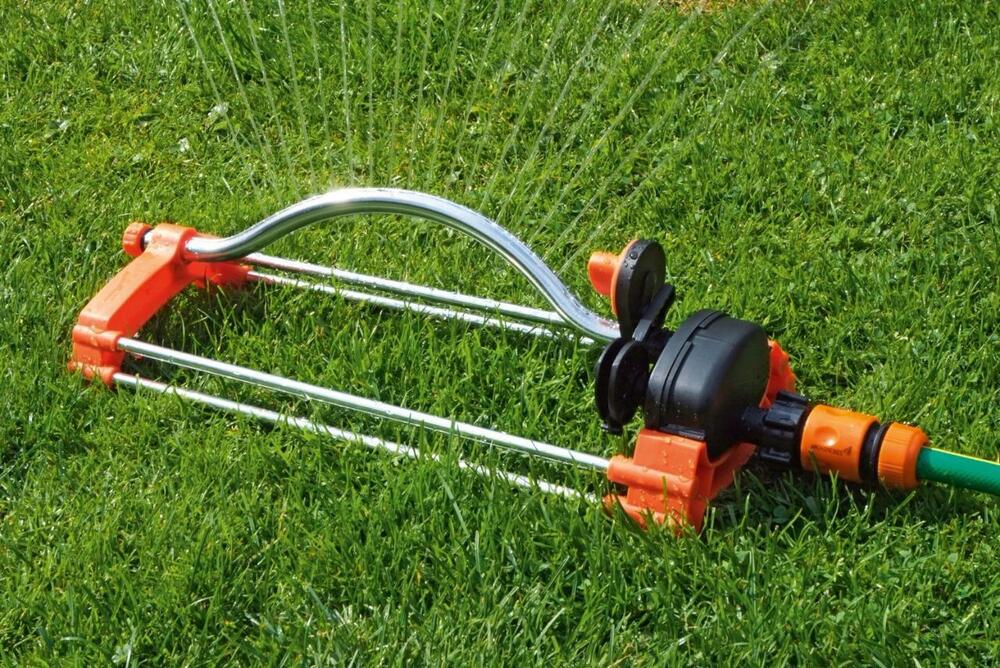Lawn Watering Best Practices
Read MorePosted on: Jul 12, 2023Luis M Pérez
Lawn watering practices can vary depending on a region’s climate and specific conditions. In this case, we will explore the best practices for lawn watering in Texas, Illinois, and Indiana.

Texas
1. Time your watering: Water your lawn early in the morning to minimize water evaporation. Avoid watering during the hottest parts of the day. Do not water in the evening as this will promote fungus and diseases.
2. Frequent light watering: Water 10 to 15 minutes per zone consecutively twice daily. Water your lawn 3 to 4 times a week in this fashion to encourage deep root growth. This helps the lawn tolerate dry conditions better. This will also help with runoff from dry surfaces in the hot summer months.
3. Use efficient irrigation methods: Consider using a sprinkler system with adjustable heads to ensure even water distribution. Avoid using oscillating sprinklers that can result in excessive evaporation.
4. Use mulch to retain moisture: Apply a layer of organic mulch around plants and trees to help retain soil moisture and reduce evaporation. This can also help suppress weeds, reducing competition for water.
5. Monitor your lawn’s needs: Regularly check the moisture level of your lawn by inserting a soil moisture meter into the soil. Water only when necessary, and skip watering if the soil is still moist.
Illinois and Indiana
On the other hand, in Illinois and Indiana, the climate is characterized by hot summers and cold winters. Here are some lawn watering best practices for Illinois:
1. Water Deeply: In the dry months, such as June, July, and August, you should water 3 to 4 times per week for at least 45 minutes per zone. This promotes deep root growth and helps the grass withstand periods of drought or stress.
2. Use a rain gauge: Install a rain gauge to measure the amount of rainfall your lawn has received. Adjust your watering schedule accordingly. This will ensure you don’t overwater your lawn.
3. Use rainwater efficiently: Consider collecting rainwater using rain barrels or harvesting systems. This stored rainwater can water your plants and lawn during dry periods.
4. Adjust watering based on weather conditions: Monitor weather forecasts and adjust your schedule accordingly. If it has rained recently, consider skipping a scheduled watering to avoid overwatering.
Questions
For more questions, call our office at 800-465-2934. We would be happy to help in any way we can. You can also email Luis Perez at luis@doctorgreen.com with any questions.

